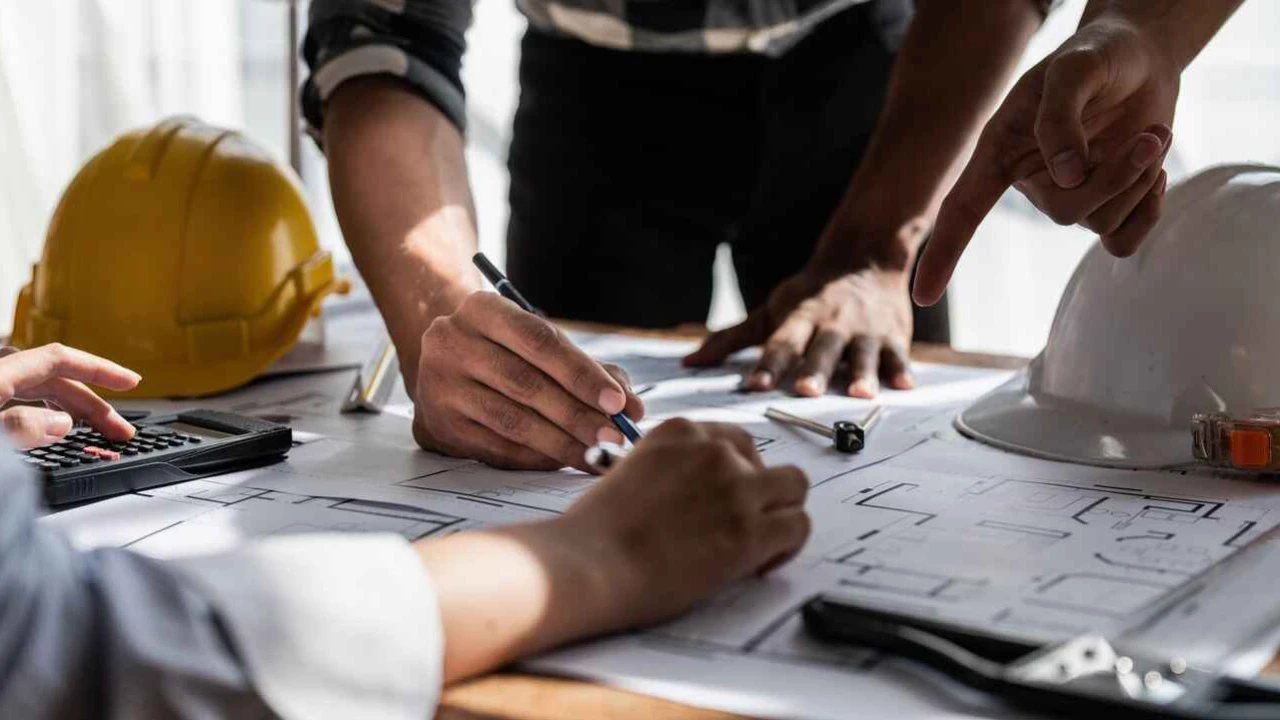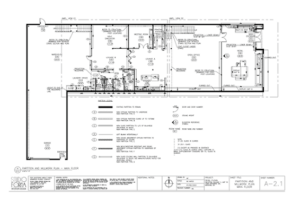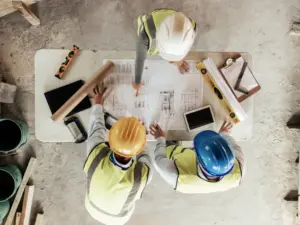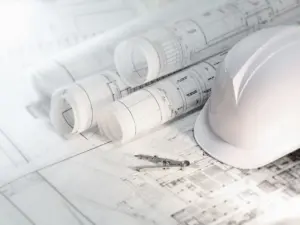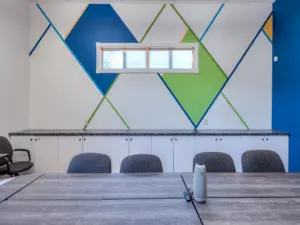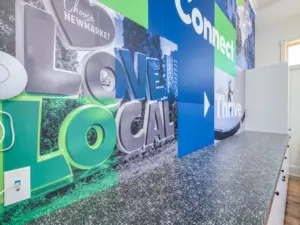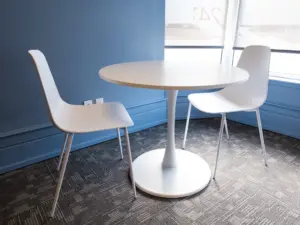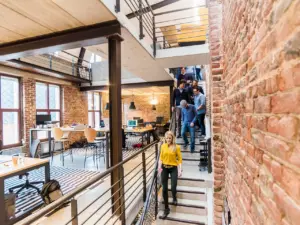In the competitive landscape of construction and renovation, contractors often navigate a
complex web of timelines, budgets, and client expectations. The pressure to deliver high quality work on schedule while managing multiple stakeholders can be overwhelming.
However, collaborating with interior designers can provide a significant advantage.
Designers possess a unique arsenal of resources, industry connections, and technical
expertise that can alleviate the burdens contractors face. This partnership not only enhances
project efficiency but also fosters effective communication and innovative problem-solving,
ultimately leading to successful project outcomes. Exploring these benefits reveals how this
collaboration can transform the construction process for contractors, making their work
smoother and more rewarding.
1. Enhanced Project Efficiency
One of the foremost benefits of engaging with an interior designer is the pronounced
improvement in project efficiency. Designers often have established relationships with a
broad network of suppliers, manufacturers, and specialized tradespeople. This network can
be pivotal in expediting the procurement of materials and services, allowing contractors to
maintain their schedules.
Bulk Purchasing and Cost Management:
Designers frequently have the capacity to
negotiate favorable terms for bulk purchases. Their established partnerships can secure
materials at competitive rates, resulting in significant cost savings for contractors. For
instance, when sourcing high-end finishes or fixtures, designers can leverage their
connections to access exclusive deals, which translates to lower project costs for the
contractor and ultimately enhances profit margins.
Product Availability and Lead Times:
Designers are adept at staying informed about
product availability and lead times, thanks to their continuous engagement with
suppliers. Their knowledge of readily available items can help contractors avoid delays
associated with back-ordered products. By recommending alternatives or substitutions
that meet design specifications without sacrificing quality, designers can help ensure
that projects progress smoothly and efficiently.
2. Streamlined Communication
Effective communication is vital for the success of any construction project. Interior
designers serve as a crucial liaison between contractors and clients, ensuring that both
parties remain aligned on design intent and project requirements throughout the process.
Defining Clear Expectations:
Interior designers excel at articulating the project vision
and establishing clear expectations for both clients and contractors. By conducting
thorough design briefings and creating detailed specifications, designers can reduce
misunderstandings and potential conflicts. This proactive approach minimizes the risk of
scope creep, where projects expand beyond their original intent, thereby protecting
contractors from additional workload and stress.
Facilitating Regular Updates and Feedback:
Designers are skilled in providing regular
updates to both contractors and clients. Through systematic communication channels,
such as progress meetings and design reviews, they can keep all stakeholders informed
about the project’s status. This transparency allows for quicker adjustments and
decision-making, ensuring that any issues are addressed promptly, thereby minimizing
disruptions.
3. Access to Technical Resources
Interior designers often possess a comprehensive understanding of technical resources that
can simplify complex aspects of a project. Their expertise encompasses detailed drawings,
specifications, and regulatory documentation essential for navigating the technical
requirements of construction.
Comprehensive Drawings and Documentation:
Designers are adept at creating
intricate architectural and millwork drawings that serve as a blueprint for contractors.
These detailed schematics not only aid in visualization but also provide critical
information necessary for precise execution. By delivering comprehensive
documentation, designers empower contractors to follow plans accurately, reducing the
likelihood of costly errors during construction.
Ensuring Regulatory Compliance:
A thorough understanding of building codes and
regulations is a hallmark of professional interior designers. By collaborating with
designers, contractors can mitigate the risk of compliance issues that often lead to
project delays and increased costs. Designers ensure that all design elements adhere to
local regulations, thereby streamlining the approval process and facilitating smoother
interactions with city officials.
4. Increased Creativity and Innovation
Collaboration with interior designers encourages a creative synergy that can yield unique
design solutions, enhancing the overall project outcome. Designers are trained to approach
challenges from a fresh perspective, fostering innovative ideas that can elevate a project.
Incorporating Unique Design Elements:
Interior designers often introduce distinctive
design features that can set a project apart from competitors. By integrating elements
such as custom millwork, statement lighting fixtures, or bold color palettes, designers
can help contractors create spaces that captivate and inspire clients. This not only
enhances the project’s marketability but also solidifies the contractor’s reputation for
quality and creativity.
Proactive Problem-Solving:
The collaborative nature of working with designers fosters
an environment conducive to innovative problem-solving. Designers excel at identifying
potential issues before they escalate, offering creative solutions that allow contractors to
navigate challenges efficiently. For instance, when faced with spatial constraints,
designers might propose alternative layouts or multifunctional furniture options that
optimize space utilization while maintaining design integrity.
The collaboration between contractors and interior designers can significantly transform the
construction landscape. By leveraging the resources, expertise, and creativity of interior
designers, contractors can enhance their efficiency, streamline communication, and elevate
the quality of their work. This partnership not only alleviates the burdens contractors face
but also contributes to the successful execution of projects that meet and exceed client
expectations. Embracing the advantages of working with interior designers ultimately leads
to a more rewarding and efficient construction process, paving the way for future successes
in the industry
Frequently Asked Questions (FAQ):
How does working with an interior designer help contractors save time on a project?
Interior designers streamline the construction process by providing detailed drawings, pre-vetted material selections, and direct communication with suppliers, reducing delays and back-and-forth decision-making.
- Provide detailed construction drawings that minimize guesswork
- Pre-select materials, finishes, and fixtures to avoid last-minute sourcing
- Coordinate directly with suppliers and manufacturers to ensure timely deliveries
- Resolve design-related client questions and approvals before construction begins
Can interior designers help contractors with regulatory compliance and permits?
Yes, interior designers are well-versed in building codes and can ensure that design plans align with regulatory requirements, minimizing the risk of permit rejections or costly revisions.
- Create code-compliant layouts for accessibility, fire safety, and zoning laws
- Work with MEP (mechanical, electrical, plumbing) engineers to ensure correct specifications
- Provide all required documentation to facilitate faster permit approvals
- Reduce back-and-forth with city officials by ensuring accurate submissions upfront
How do designers' industry connections benefit contractors?
Designers have established relationships with suppliers, trades, and fabricators, allowing contractors to access high-quality materials, competitive pricing, and specialized expertise without extensive sourcing efforts.
- Preferred supplier pricing for cabinetry, flooring, lighting, and more
- Direct access to specialty fabricators and skilled tradespeople
- Knowledge of custom solutions and alternative materials to fit project constraints
- Faster problem-solving with pre-established vendor relationships
What role do interior designers play in managing client expectations?
Designers act as an intermediary between clients and contractors, translating aesthetic preferences into actionable construction details while setting realistic expectations about budgets, materials, and timelines.
- Set realistic expectations about budgets, material availability, and lead times
- Translate client aesthetics into technical specifications that contractors can execute
- Prevent mid-project design changes by finalizing selections before work begins
- Handle client concerns and questions without disrupting the contractor’s workflow
